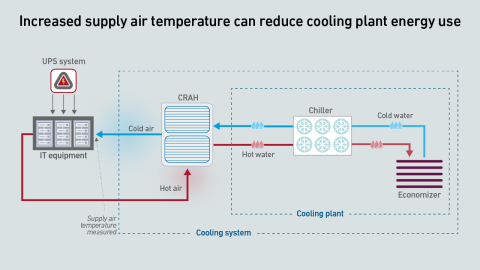The UNEP U4E initiative has proposed guidelines for data center design and operation and server and storage product efficiency requirements. These have far-reaching implications for data center operations in developing countries.
filters
Explore All Topics
Results from the Uptime Institute Security Survey 2024 highlight the different cybersecurity approaches used by operators against a widening range of threats.
Uptime Institute's 2024 Data Center and IT Spending and Supply Chain Survey (n=878) focuses on data center spending and budgets, as well as plans going forward and data center supply chains.The attached data files below provide full results of the…
While the aim of FinOps is to manage just the cloud costs, technology business management seeks to aggregate all costs of IT, including data centers, servers, software and labor, to identify savings and manage return on investment.
New augmented reality and virtual reality technologies can provide effective training capabilities for data center staff but are not yet a complete substitute for in-person training.
Many organizations still do not tap into the potential power efficiency gains hidden in servers. Without operational focus on extracting those, future server platforms may bring marginal, if any, energy performance improvements.
The number of proposals for new hyperscale-size data centers have reached new heights in 2024. Those that are built will require huge investment and resources - but many proposals will fail to move forward.
To support reliable, secure, and effective data center operations, state-of-the-art design/construction must be seamlessly integrated with operational excellence. A well-located, purpose-built facility, designed and built to include reliable,…
Staff shortages and recruitment challenges remain the key workforce challenges facing data center owners and operators in 2024. This report highlights some of the findings from the Uptime Institute Staffing and Recruitment Survey 2024.
Enterprises have various options on how and where to deploy their AI training and inference workloads. This report explains how these different options balance cost, complexity and customization.
Data center operating and capital costs have been rising strongly in recent years - and will almost certainly continue to do so. Sooner or later, those in the IT supply chain will need to deliver their backers a return on investment.
To meet the demand driven by AI workloads, a new breed of cloud provider has emerged, delivering inexpensive GPU infrastructure as a service. Their services are highly demanded today, but longer-term, the market is ripe for consolidation.
Cybersecurity strategies often evolve organically: tools are added, requirements change, and the result is a lack of coherent structure. Cybersecurity professionals can benefit from adopting frameworks to organize these activities
Powerful solar storms have already brought warnings of disruption to electricity grids and their customers twice in 2024 - and the Sun's activity has yet to peak. Why do data centers and power utilities appear to have escaped unscathed?
Raising supply air temperature is drawing interest from data center providers and regulators in some countries. While saving energy, it may also reduce resiliency. This report quantifies energy impacts to clarify when it can be beneficial.
 Jay Dietrich
Jay Dietrich

 Douglas Donnellan
Douglas Donnellan

 Anthony Sbarra
Anthony Sbarra
 Laurie Williams
Laurie Williams
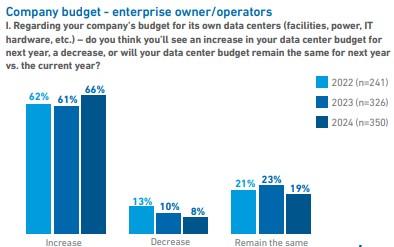
 Dr. Owen Rogers
Dr. Owen Rogers

 Rose Weinschenk
Rose Weinschenk
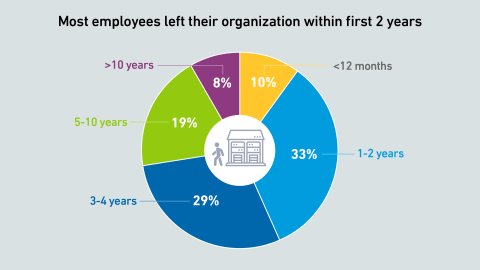
 Daniel Bizo
Daniel Bizo
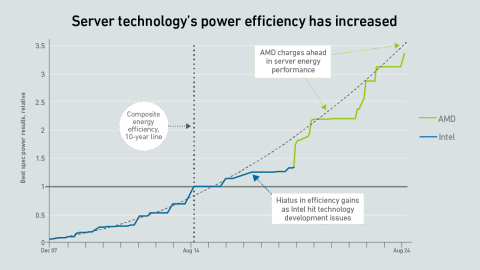
 John O'Brien
John O'Brien
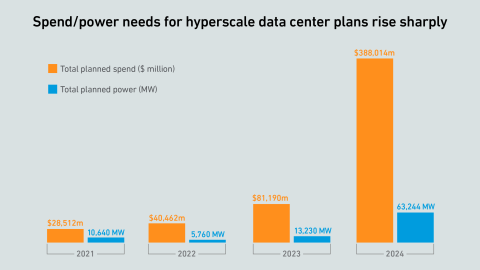
 Chris Brown
Chris Brown

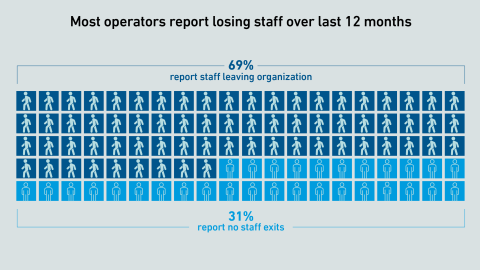

 Andy Lawrence
Andy Lawrence

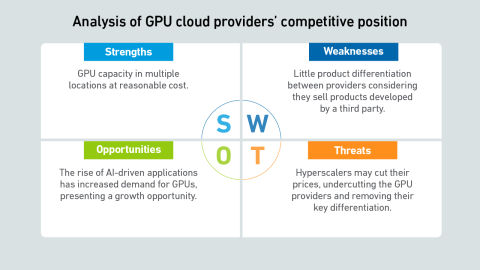
 Michael O'Neil
Michael O'Neil
 Antonio Ramos
Antonio Ramos
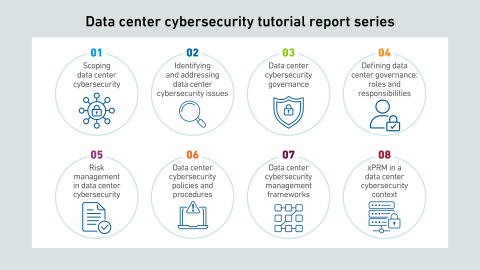
 Jacqueline Davis
Jacqueline Davis
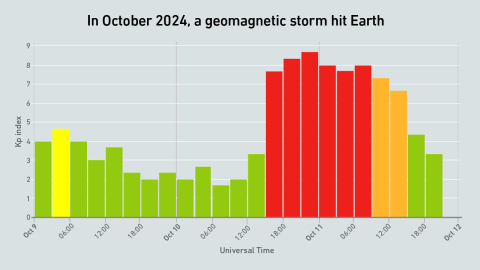
 Dr. Tomas Rahkonen
Dr. Tomas Rahkonen
